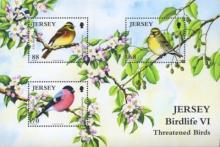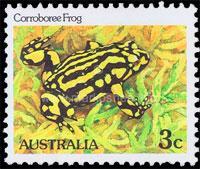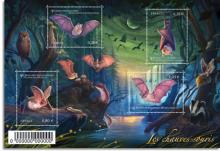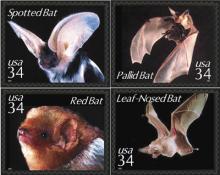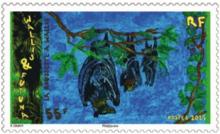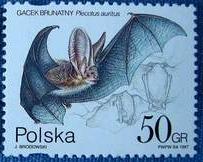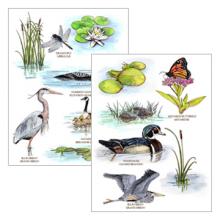Three leading Australian environmental scientists have called for a substantial change to the way the world responds to wildlife that is going extinct
In a paper provocatively entitled “Counting the books while the library burns”, the researchers produce evidence that many wildlife programs round the world are monitoring species to the point of extinction – often without taking the necessary action to save them. Professor David Lindenmayer and Dr Maxine Piggott of the ARC Centre of Excellence for Environmental Decisions (CEED) and the Australian National University, and Assoc. Professor Brendan Wintle of CEED and the University of Melbourne warn in the journal Frontiers of Ecology that some conservation programs are standing by and watching species die out. Their work, funded through Australia’s National Environmental Research program (NERP), highlights the growing challenge of saving almost 20,000 endangered animals, birds and reptiles from extinction – and proposes a new action plan. “Of the 63,837 species assessed worldwide using the International Union for Conservation of Nature (IUCN) Red List criteria, 865 are extinct or extinct in the wild and 19,817 are listed as critically endangered, endangered, or vulnerable to extinction,” the researchers say. “Since the start of the 21st century alone, at least 10 species of vertebrates are known to have gone extinct, although this is likely to be a substantial underestimate.”



